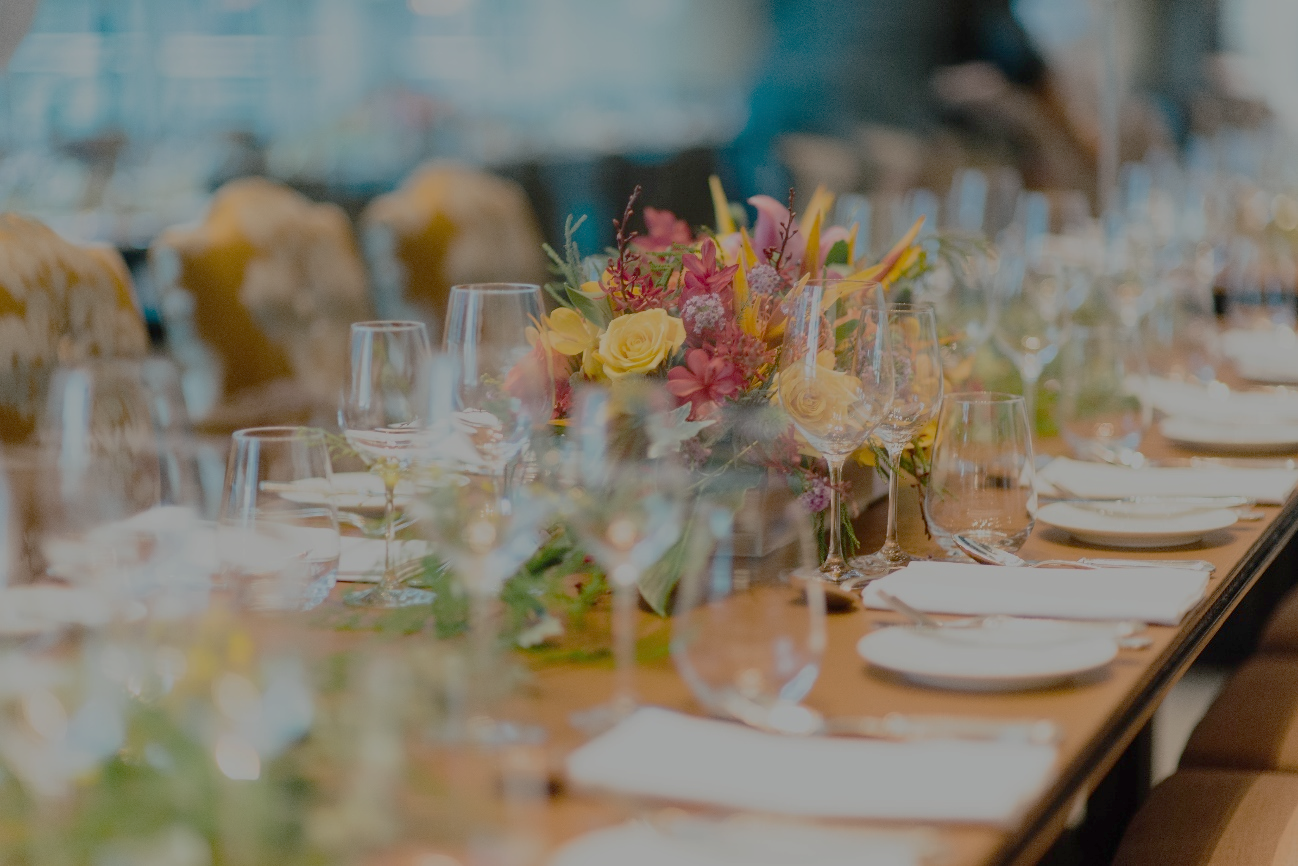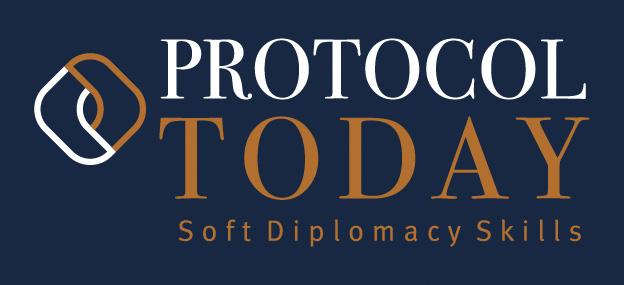
From an organizational standpoint, well-defined objectives are required to seek the guests’ satisfaction and are specified in an action plan that fulfills the host’s purpose.
It is necessary to address a number of factors that require special attention during its planning, which I will discuss.
In the appropriateness of the celebration date, it is chosen based on factors that are critical to its precision. Suppose we want to ensure the presence of our guests. In that case, we must choose the most appropriate, considering holidays, religious festivities, and calls for other events of relevant social interest or bringing together the diplomatic community.
The Guestlist
It is undeniably important that it be carried out by the purpose and nature of the dinner to facilitate its development and allow for a balance of classes among the attendees. To facilitate the achievement of the stated goal, a list of diners must be compiled to whom the subsequent invitation will be sent.
The Formal Invitation
A formal dinner is printed correctly, admitting its style in various formats. Of course, it must include basic information about the dinner, such as the identity of the hosts, the guests and their treatment, the reason for the invitation, the location, date, time, address, confirmation telephone number, and etiquette. It is prudent to suggest the same, and it is the guests’ courtesy to comply. The envelope must be of sufficient quality and include the name, position, and address of the people it addresses. If it is a casual occasion, it can be done verbally, over the phone, or in person, as is more common nowadays. The information sent must be identical. The classic rule recommends a term of advance for the shipment or communication between fifteen and twenty days, though between twenty and thirty days would also be appropriate.
Menu selection based on convenience
For the occasion, the appetizer should not be too filling and should consist of two or three diverse types of snacks presented in small bites that can be held in one hand and eaten at the same time. It should be about thirty minutes long, but it can be a little longer.
Meal
The menu must be planned and prepared with the host’s preferences. As with the appetizer, the guests’ potential incompatibilities with certain foods must be considered due to their food preferences, religion, or food allergies or intolerances.
Beverages and drinks
It is recommended to offer a variety of wines in white and red varieties. Mineral water with and without gas, juices, alcoholic and non-alcoholic drinks, soft drinks, and beer. Only white and red wine, water, and champagne or cava will be served during dinner, depending on the occasion.
The Presidency
This specifies where the “lords of the house,” or hosts, must sit. There are two systems for placement: at the center of the table, as in the French presidency, or at the ends of the table, as in the English presidency. In this regard, determining your situation is advantageous. When using the French system, the host sits in front of the windows, and the host sits in front of the door through which the service is accessed. In the Anglo-Saxon system, however, the host must do it in front of the guest entrance, and the host must do it in front of the service access door. In the case of dining rooms with windows at one end of the room or dining rooms without windows, these two systems use the same point of reference to define such a position, the service entrance facing the host—presidency assignment. When the host voluntarily gives up his seat at dinner, he is to stand to the chairman’s left. However, if the work is required, he must be assigned to the appropriate person.
The Precedents
Precedents determine the order and priority of the guests based on primacy, rank, level, or relevance. As a result, they are considered even in private acts because they are evidence of courtesy. To accomplish this, each component of the guest list must be examined individually, considering the priorities that allow for their practical application. These are to be used flexibly, so hosts are free to use them if their application is consistent and fair.
Guests’ seating arrangements at the table
Guests will be assembled in the previously established order of precedence. There are two options for doing so. Clock System: Diners are seated clockwise around the hosts, beginning with guest number one, moving to number two, and so on: first chair right, the first chair left; right of the second presidency, left of the second presidency until all guests are accommodated at the table—cartesian system. The guests are arranged in the direction of an X’s crosses. In order of precedence, begin with guest number 1 and work your way down to the last: right of the first chair, right of the second chair; left of the first chair, left of the second chair; and so on until all the guests are located.
Table Service
For such an occasion, the table must be elegantly dressed in fleece and tablecloth, crockery, glasses, cutlery, napkins, and bread plates. The complete set is referred to as personal table service. Good taste in the hosts’ style must prevail in its decoration, and a certain height must not be exceeded that prevents frontal vision between the guests. Regarding cutlery placement and use, we use the plate as the center because that is how you will dine from the outside.
Welcomes and farewells
The hosts must be cautious when filling out the welcome and farewell forms. The guests are greeted in the lobby or entrance and escorted to the exit, where they are thanked for attending the call. When the dinner is finished, the guests can say their goodbyes after the main guest has left. The organizers’ formulas must be concise and personable.
As Aristotle said, “We are what we do every day. So that excellence is not an act but a habit¨.
ADVERTISE YOUR COMPANY INTERNATIONALLY IN THE MAGAZINE GLOBAL MINDSET
ProtocolToday Magazine
Share this article

Writer by María Amóros
21 June 2022, Spain
Category: Business Protocol
Reference: MA211062022BP
Re-edited by Eric Muhia




